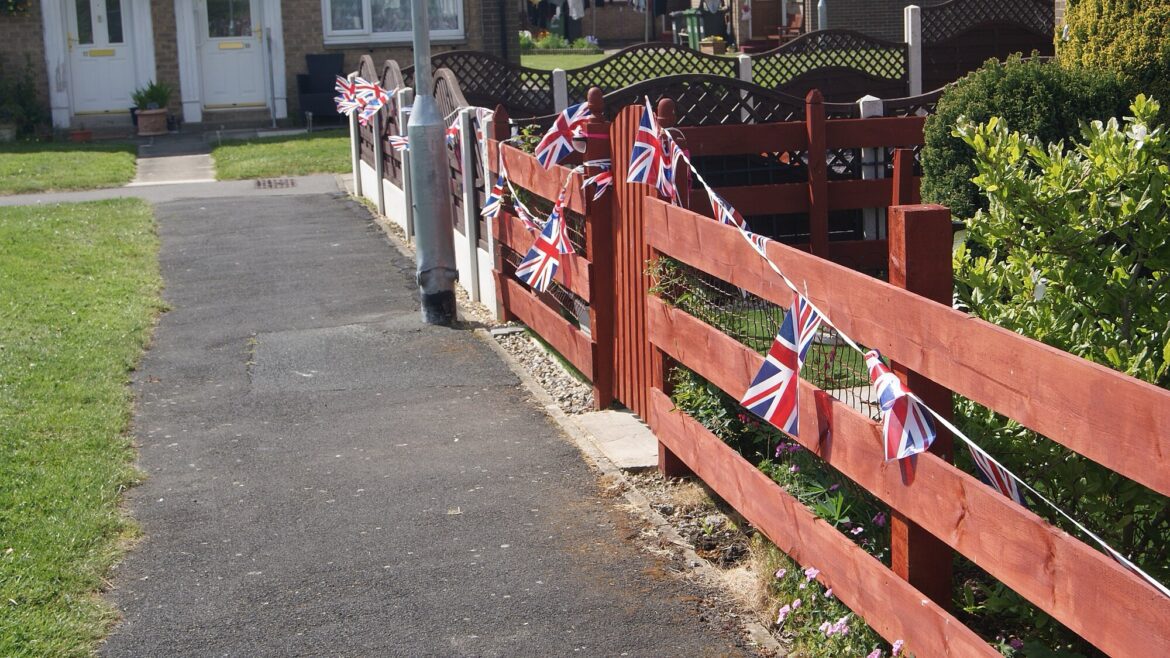Crowds lined The Mall as the UK launched an extraordinary week-long celebration for the 80th anniversary of VE Day, starting with a grand military procession and a breathtaking RAF flypast. This historic moment, filled with patriotic pride, reflective tribute, and a royal tea with the King, marks a powerful remembrance of the end of World War II in Europe and the spirit that shaped the modern United Kingdom.
What is VE Day and Why It Still Matters
The Significance of VE Day in British History
VE Day, short for Victory in Europe Day, commemorates May 8, 1945—the day when Nazi Germany officially surrendered to the Allied forces. For Britain, it symbolized not just military triumph but also the beginning of recovery after six long, harrowing years of war. Sirens that once signaled danger now blared with joy. Streets erupted in celebration. People hugged strangers and danced with relief. It was more than a military milestone—it was an emotional, national exhale.
VE Day became embedded in the British consciousness as a reminder of unity, resilience, and hope. It speaks to a generation that endured unimaginable hardship, and it reminds us of the cost of freedom and the price of peace. That is why, 80 years later, its relevance remains as vital as ever.
How the End of WWII Changed Europe
The surrender not only marked an end to the fighting in Europe but also paved the way for rebuilding international alliances and institutions. The continent, devastated by years of destruction, began to reorganize under peace treaties, economic cooperation, and efforts to prevent future conflicts—eventually laying the groundwork for what would become the European Union.
VE Day’s legacy transcends national borders. It’s about cooperation over conflict, democracy over tyranny, and remembrance over revisionism.
The Start of the 80th Anniversary Celebrations
A Week-Long National Tribute Begins
Though May 8 marks the actual anniversary, Britain began celebrating on May 5, kicking off a full week of events filled with historical displays, parades, flypasts, and street parties. The first major event—held along The Mall in London—was broadcast live and followed by millions. It’s not just about reliving history; it’s about keeping its memory alive through community, tradition, and tribute.
The government coordinated with veterans’ groups, historians, and the Royal Family to deliver an experience that spans both solemn remembrance and joyful commemoration. The message is clear: the values of sacrifice, courage, and unity are not forgotten.
The Mall Comes Alive with Patriotic Crowds
As the procession began, Union Jack flags fluttered above cheering crowds, many dressed in 1940s attire. Children waved mini flags, grandparents pointed out military uniforms, and veterans stood proudly among a sea of faces—some wiping away tears. The Mall became more than a parade route; it was a living timeline of Britain’s past and present.
Street performers reenacted wartime scenes, bands played Glenn Miller tunes, and vendors sold VE Day memorabilia ranging from replica ration books to themed hats and pins. The entire atmosphere reflected not just nostalgia, but national pride.



